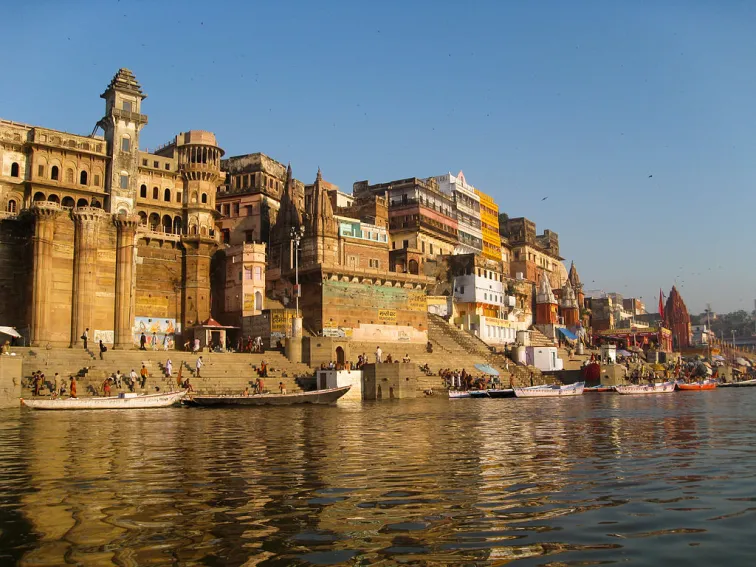
India mulls creation of asset management company to clean banking sector's bad loans
The banking sector is burdened by over $141b in stressed assets in 2017 alone.
Reuters reports that India is mulling the establishment of an asset reconstruction company or asset management company to aid in the cleanup of the banking sector’s staggering bad loan burden.
Soured loans in Indian banks clocked in at a record $141b (9.5t rupees) as of last year and continues to climb steeply after the central bank withdrew six loan-restructuring schemes and tightened disclosure on stressed assets. The recovery rate for defaulted loans in India is also dismally low at 26%.
The panel, which has been tasked to submit its recommendations in two weeks, will examine whether banks needed to set up an ARC or AMC to take up the stressed assets from banks’ balance sheets.
“This group will consider whether such an arrangement will be good for the banking system and if such a suggestion is considered advisable it will also consider the modalities by which such an ARC and/or an AMC should be set up,” said interim finance minister Piyush Goya.
Also read: Can Indian banks weather the last wave of bad loan resolution?
For instance, the Vietnam Asset Management Corporation (VAMC) was able to buy $9.4b of bad loans in the four years since its inception in 2013, denting the country’s bad debt burden and providing banks with fresh capital to extend new loans.
Gross non performing assets (NPAs) at Indian banks continue to rise from 8.93% in September 2017 to peaking at 10.14% in March, with the bad debt burden at state banks surging by nearly a fifth from end-December levels brought about by rising slippages from the metals and power sector.
Also read: Bad loans bog down Indian state banks with $1.4b loss in Q4
Private sector lenders are not exempt from the steep uptrend as non-performing assets ballooned by a whopping 450% from $2.91b (Rs 19,800 crore) at the end of FY2013-2014 to $16.03b (Rs109,076 crore) as of end-March.
Here's more from Reuters:
Photo from Patrick Barry Uploaded by Ekabhishek, CC BY-SA 2.0




![Lorem Ipsum [ABF 1]](https://cmg-qa.s3.ap-southeast-1.amazonaws.com/s3fs-public/styles/exclusive_featured_article/public/2025-03/a_hand_pointing_to_a_futuristic_technology_5b87c9d0e3_1.png.webp?itok=2w0y1WhS)


![Cross Domain [Manu + SBR + ABF + ABR + FMCG + HBR + ]](https://cmg-qa.s3.ap-southeast-1.amazonaws.com/s3fs-public/styles/exclusive_featured_article/public/2025-01/earth-3537401_1920_4.jpg.webp?itok=WaRpTJwE)







 Advertise
Advertise

